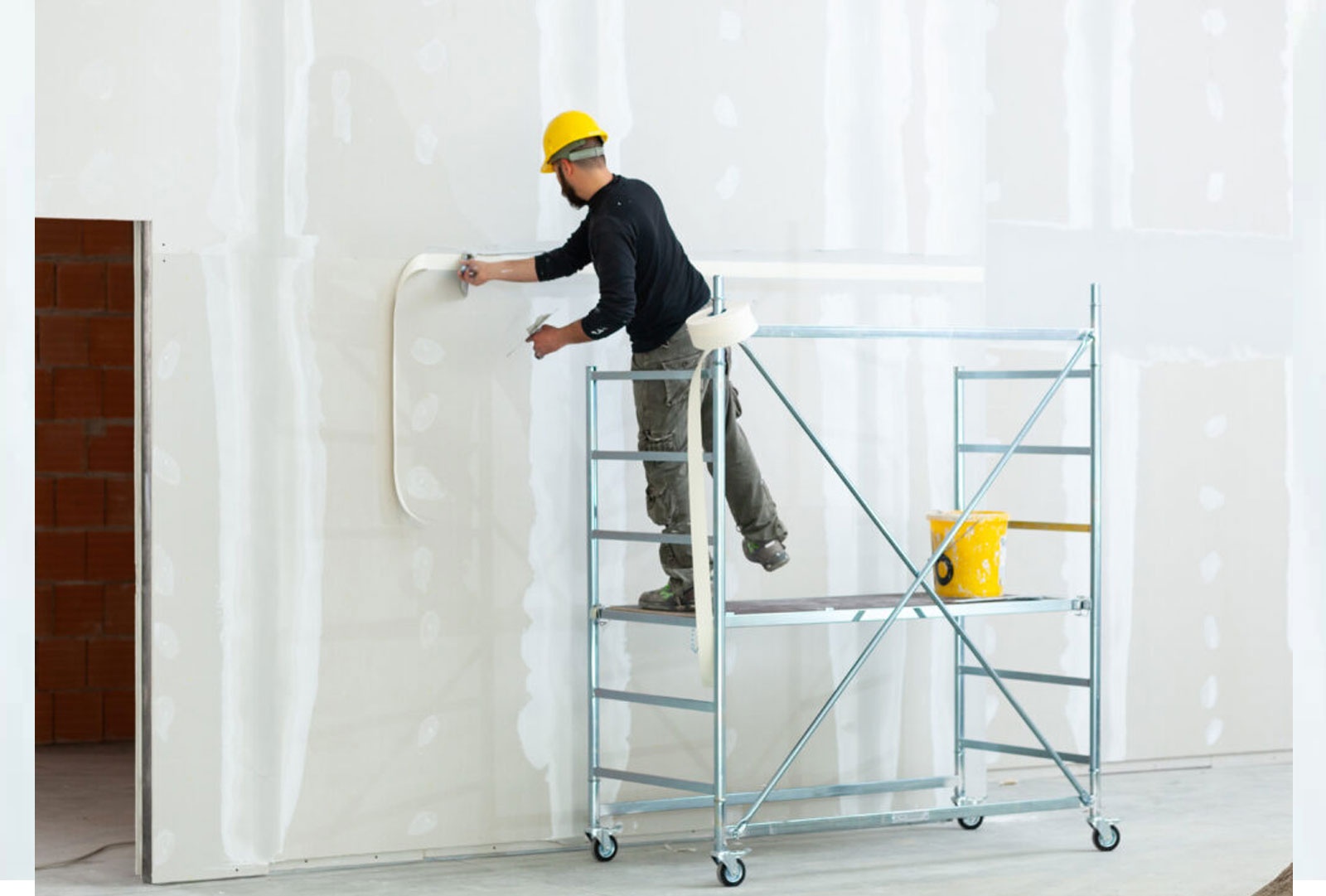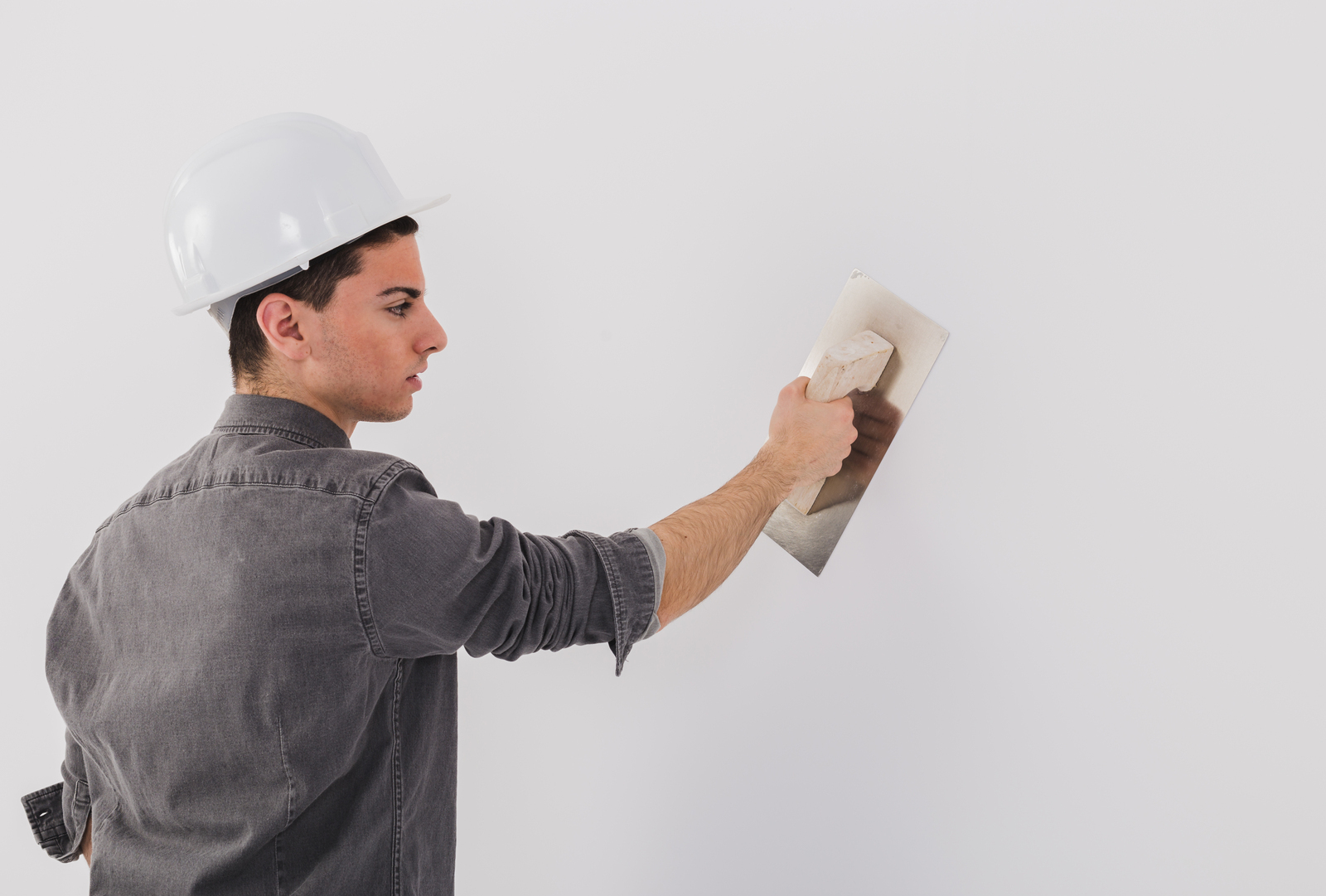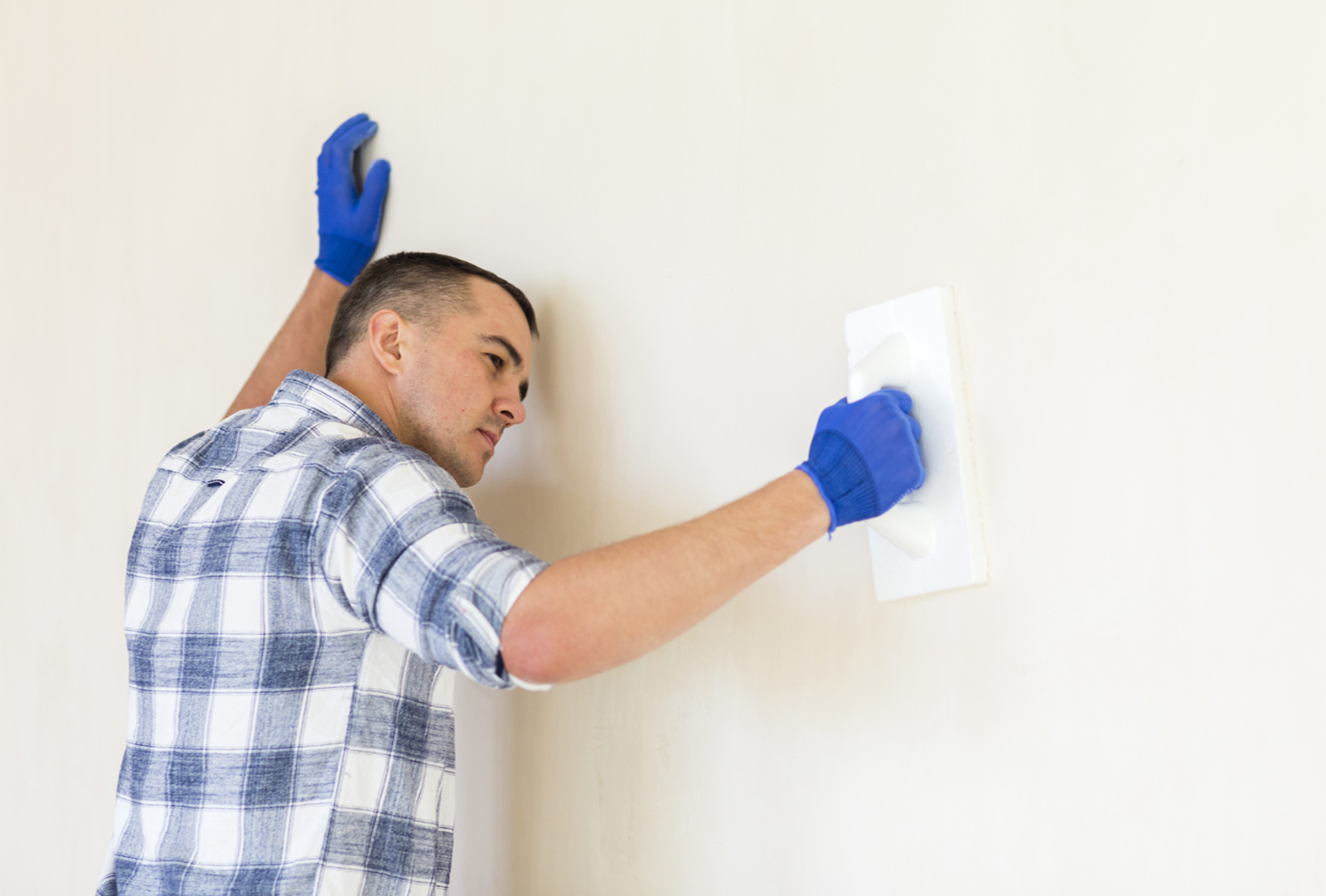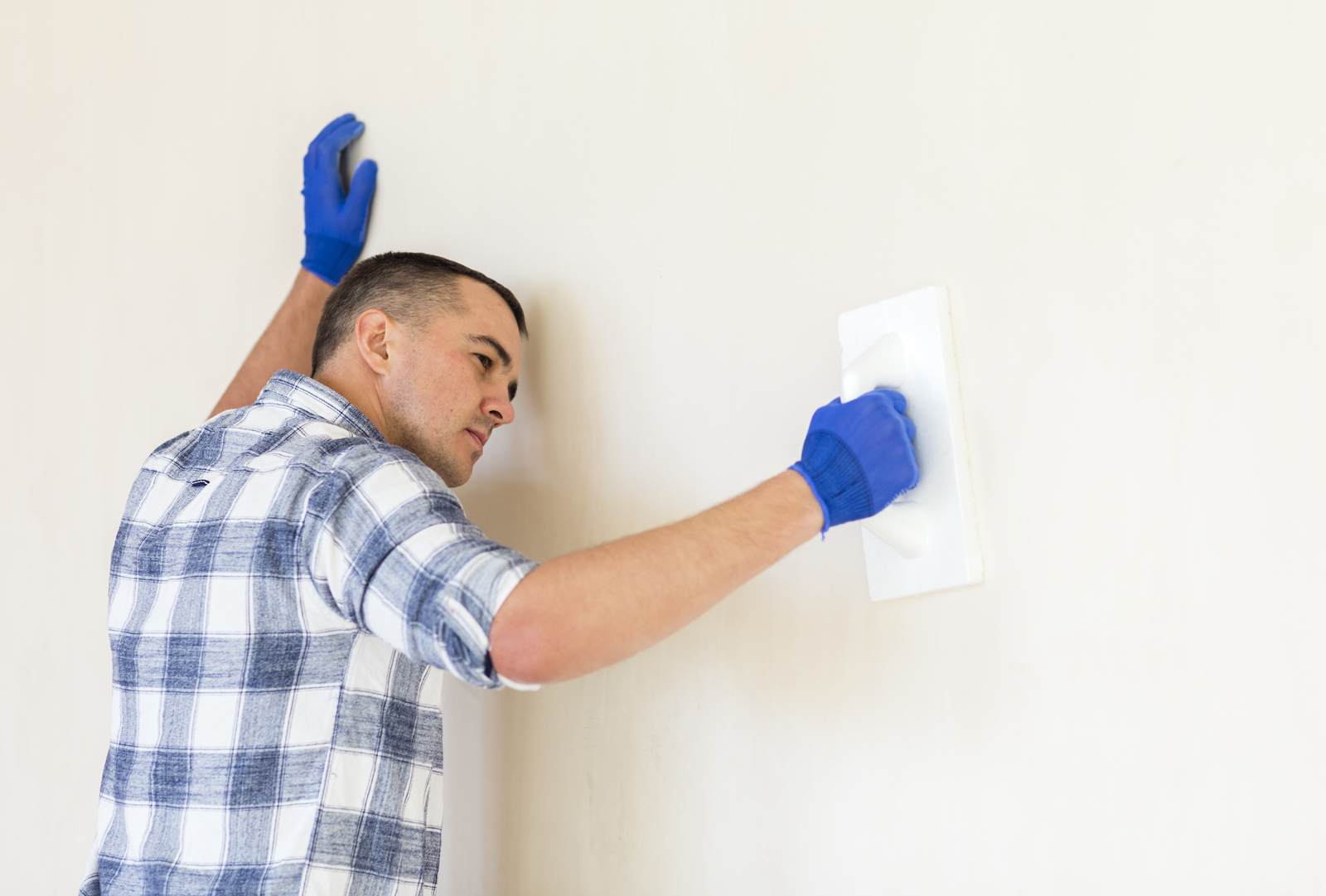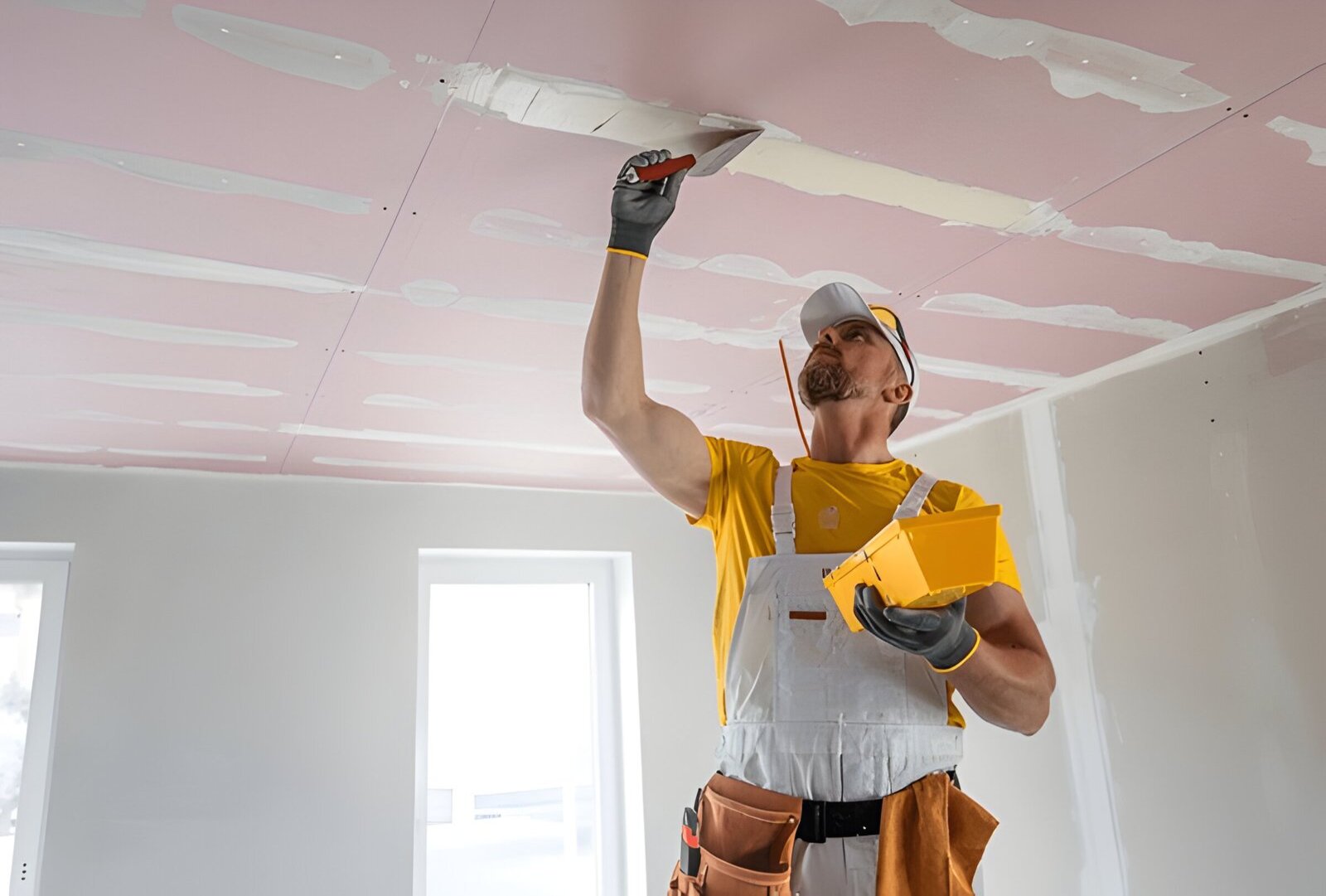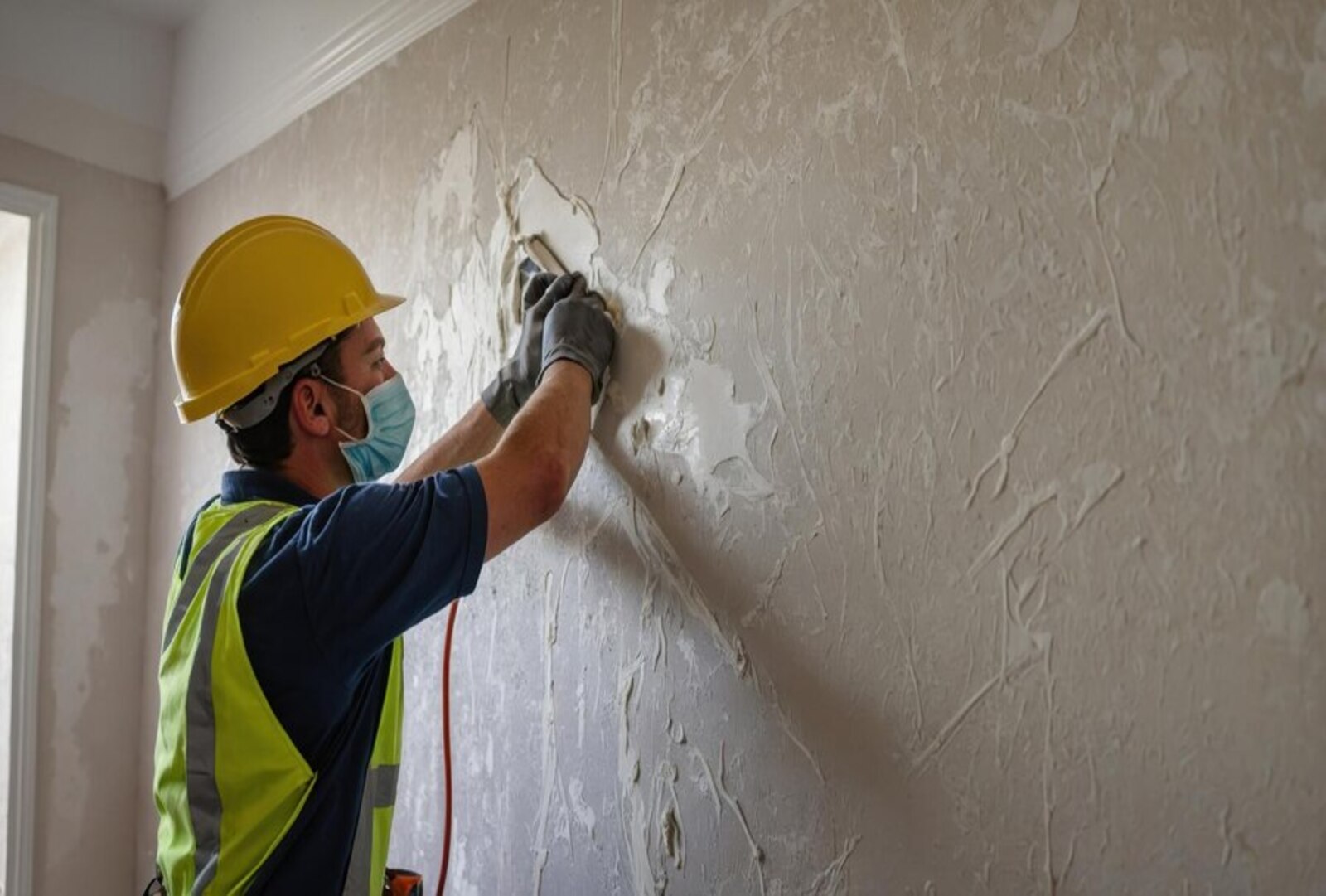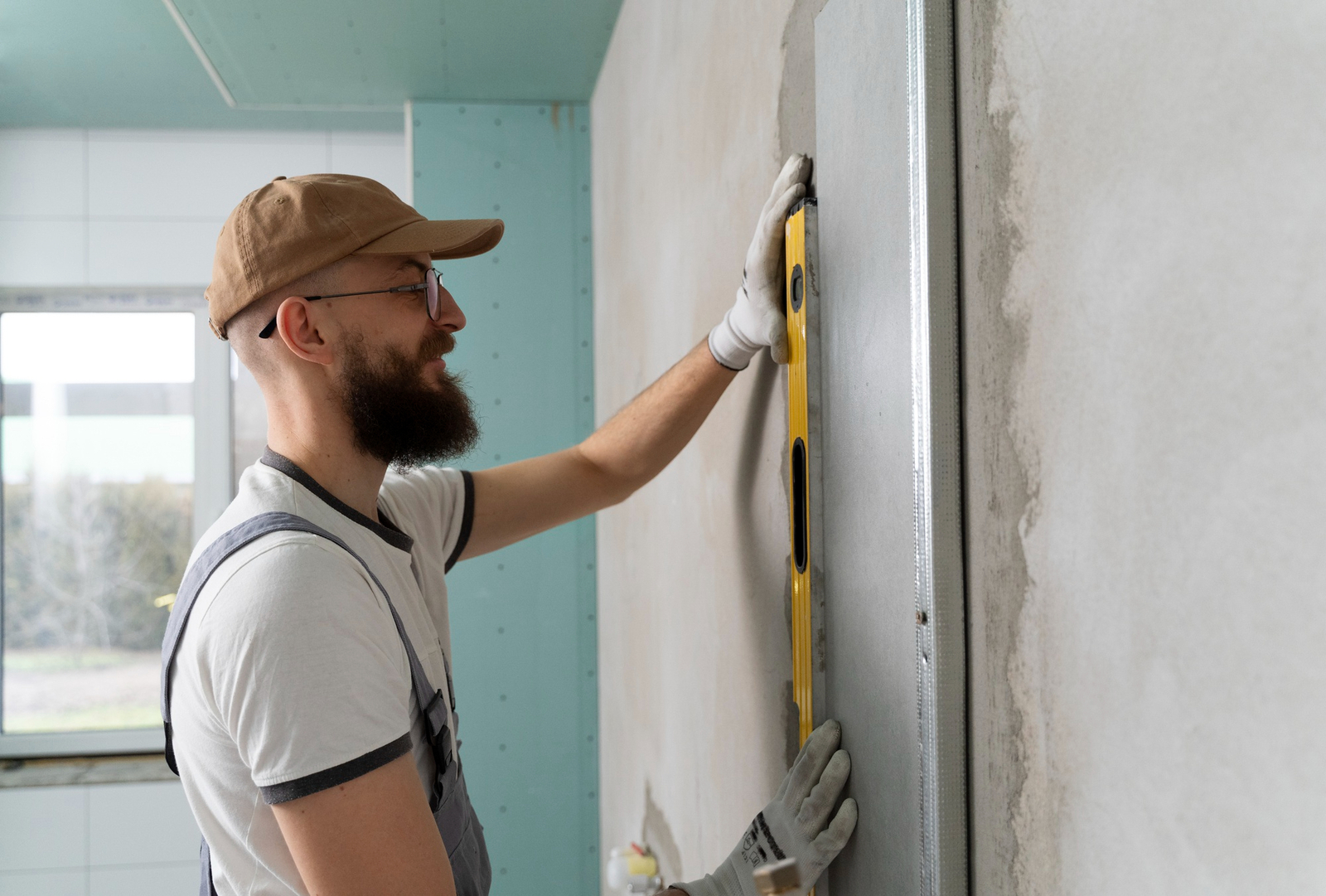Plastering is a process of covering the rough masonry surfaces of the walls, ceilings, and partitions to make it last longer. Beyond adding an aesthetic look to the wall, plastering protects the surface from wears and tears and growth of microbes on the surface.
Gypsum plastering remains the most sought after plastering methods in the world due to several reasons. At a time when the environmental damages caused by cement plasters and cement manufacturing as a whole are being spoken about, gypsum plasters are gaining popularity and prominence. Gypsum plasters are revolutionizing the Indian construction industry owing to several reasons and some of the key reasons include the following –
Gypsum plasters do not require fine river sand the extraction of which is banned in many parts of the country.
Gypsum plasters consume lesser resources than cement plasters, particularly in terms of water and human resources.
Gypsum plasters are an ecofriendly material and can be easily recycled unlike cement plasters that cause damages to the environment.
The blog describes the common myths and misconceptions around gypsum plastering and addresses them with facts and real information.
Myths and Facts around gypsum plastering
Is gypsum plastering costlier than cement plastering?
That gypsum plastering is costlier than cement plastering is a complete myth as at Kanish Plasters, the best gypsum plastering company in India, gypsum plasters costs 20% lesser than cement plasters. In terms of cost per sq.ft, gypsum plasters cost Rs.35-40 lesser than cement plasters. Apart from cost savings, gypsum plastering saves 30 liters of water per sq.ft as it does not require water curing unlike cement plasters that must sprayed with water for atleast 21 days to settle down. If we do not do water curing for cement plasters, it results in cracks and the surface may not last longer.
Gypsum Plasters contain chemicals and are harmful to human beings is a complete myth.
Gypsum is a naturally occurring mineral found in mineral deposits and rock formations. At the lagoons, ocean water that is rich in calcium and sulfate evaporates to form gypsum deposits. Becuase gypsum is a naturally deposited mineral, it is an eco-friendly substance and is used to promote green buildings. This has to be contrasted with manufacturing of cement that release greenhouse gases into the atmosphere. Cement plasters are harmful to the environment, and indirectly impact the health of the people. Whereas, gypsum plasters are organic minerals and natural deposits and do not contain harmful chemicals. So, gypsum plasters are not just eco-friendly but also does not produce any harm on the human beings. Gypsum plasters are used as green building materials to increase the LEED certification points. This is important if you are a builder engaged in construction activities in metropolitan areas and cities like Chennai, Delhi, or Bangalore, where green buildings have gained prominence.
Can gypsum burn easily?
Another common myth that we endure often is that gypsum plasters burn easily. In reality, gypsum is fire resistant and using gypsum plasters increases the fire resistance of buildings. Chemical composition of gypsum is CaSO4⋅ 2H2O, which is Calcium Sulfate dihydrate. Gypsum has 2 moles of water in its chemical composition – that is 79% of it is calcium sulfate and the remaining 21% in gypsum is crystalline water. When gypsum plasters come under fire, the crystalline water in the gypsum molecule evaporates to form steam. It consumes heat energy to evaporate the water molecules in gypsum’s chemical composition. This continues until all the water in the gypsum evaporates and this process is called calcination. So until there is uncalcined material, gypsum plasters remain fire resistant and slow down the progression of fire in buildings. Read more about gypsum plasters and their fire resistant properties in this blog.
Is gypsum plaster the same as Plaster of Paris (POP)?
There is another common myth in the construction industry that gypsum plaster is the same as Plaster of Paris. As mentioned earlier, the chemical composition of gypsum is CaSO4⋅ 2H2O, which is Calcium Sulfate dihydrate. And that of Plaster of Paris is CaSO4.1/2 H2O and it contains calcium sulfate hemihydrate. In the construction industry, when builders use cement plasters, the surface texture looks rough with cracks and fissures. PoP or Plaster of Paris is used as a covering over the sand cement plaster to make it smooth and improve its texture for application of paint. Whereas, gypsum plasters replace the cement plasters and PoP combination as a whole, and as such, gypsum plasters can offer a smooth, even surface finish to the building. Unlike cement plasters, gypsum plasters do not require Plaster of Paris for smoothening or making the wall paint-ready. This is one of the important reasons as to why builders and construction companies are increasingly preferring gypsum plasters as an effective replacement for cement plasters and PoP. For more details, following this blog on Is gypsum plaster the same as Plaster of Paris.
Can Gypsum plasters be recycled?
Gypsum plasters are easy to be recycled and are an eco friendly alternative to cement plasters. Gypsum plasters are obtained from heating gypsum rock and letting the water molecule in the gypsum evaporate. This is then finely grounded to form a powder called gypsum plasters. The gypsum plasters can be restored to its original, native form by mixing the gypsum plaster with water again. Thus, gypsum plasters are totally recyclable and can be recycled to their original state by just mixing with water.
Gypsum plasters don’t last longer is a common myth
Gypsum plasters are highly durable and they have the ability to withstand fire, corrosion, heat, adverse weather conditions, high wind speeds, and more. Gypsum plasters have low density and higher compressive strength. This reduces the dead weight of buildings and increase their resistance to high speed winds and other natural disasters and earthquakes. Some of the gypsum plastering works are found in the pyramids of Giza, royal buildings of Britain and several ancient buildings of Egypt. That gypsum plastered buildings stand tall since the 16th century testifies to the durability of gypsum plasters. As such, the shelf life of unapplied gypsum plaster is 3 to 4 months from the date of manufacture. If the gypsum plaster is stored in optimal settings and climate conditions, its shelf life can be extended upto 6 months.
If you are looking for gypsum plastering, Kanish Plasters are leading gypsum plastering service providers in India. Kanish Plasters has offices in major cities across the country and is known for its excellent quality of gypsum plastering service. That we have always been rated a 5 star for the quality of gypsum plastering service stands as a testimony to the workmanship that we demonstrate.
.gif)




